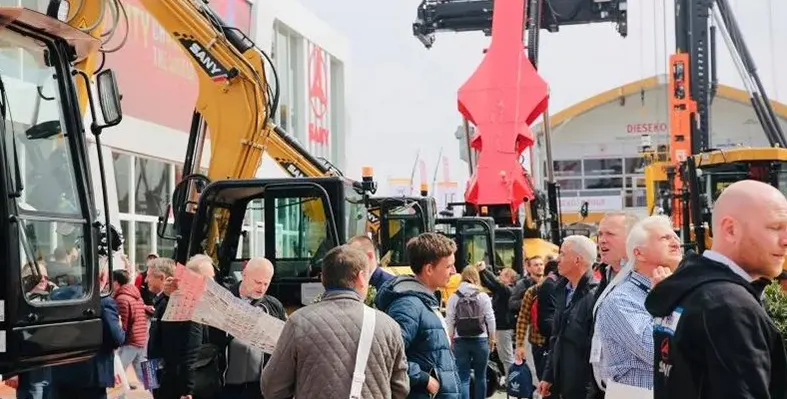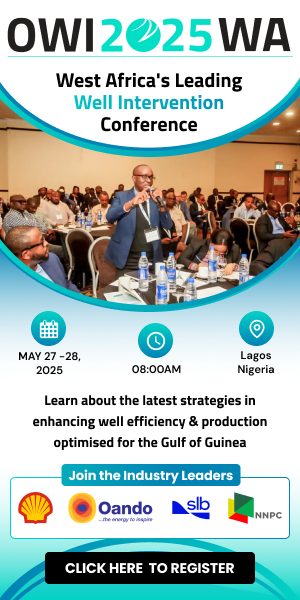
Junttan has a new-generation product line powered by Volvo Penta engines. (Image source: Volvo Penta)
Junttan has unveiled its next-generation product line with the launch of the DR5 drilling rig, marking a significant milestone in the company’s evolution
This new line is powered by Volvo Penta engines, with the DR5 being the first to integrate the high-performance Stage V / Tier 4f Volvo Penta TAD1385VE. Delivering 405 kW, this compact yet powerful engine is specifically designed for specialised equipment that requires exceptional uptime and reliability.
“For us, this is a strategic choice for the long term,” remarked Tomi Voutilainen, director of product management and engineering at Junttan. “Volvo Penta’s offering doesn’t just meet our technical needs today — it has the range, flexibility, and development paths to support where we’re going tomorrow.”
The decision to partner with Volvo Penta was made following a comprehensive evaluation process that began in 2020, as Junttan sought to equip its machinery for future job site challenges. Beyond meeting technical criteria such as extended service intervals, compact engine architecture, and adaptable power configurations, Volvo Penta stood out for its alignment in values — including a shared emphasis on transparency, responsiveness, and agility.
“This collaboration shows how Volvo Penta supports OEMs with flexible, dependable solutions,” commented Pasi Järvelä, area sales manager at Volvo Penta. “We aim to be a responsive, long-term partner that grows with our customers.”
A forward-looking partnership
Given the global and often remote nature of Junttan’s operations, the partnership with Volvo Penta offers a crucial advantage: access to a broad, reliable service network that supports ease of maintenance and continuous performance in demanding environments. The new-generation portfolio — encompassing pile driving rigs, drilling rigs, and hydraulic power packs — has been engineered to boost operational efficiency, extend maintenance intervals, and reduce overall ownership costs.
Sustainability and innovation are at the core of this alliance. The DR5 exemplifies Junttan’s forward-thinking approach, incorporating a 20-ton reduction in weight compared to earlier models and the capability to run entirely on renewable HVO fuel.
“This partnership is built to evolve,” Tomi added. “Volvo Penta’s roadmap and modular approach give us confidence that we’ll have the power solutions we need — whatever the future brings.”
Also read: Volvo Penta debuts versatile BESS for demanding sites




















